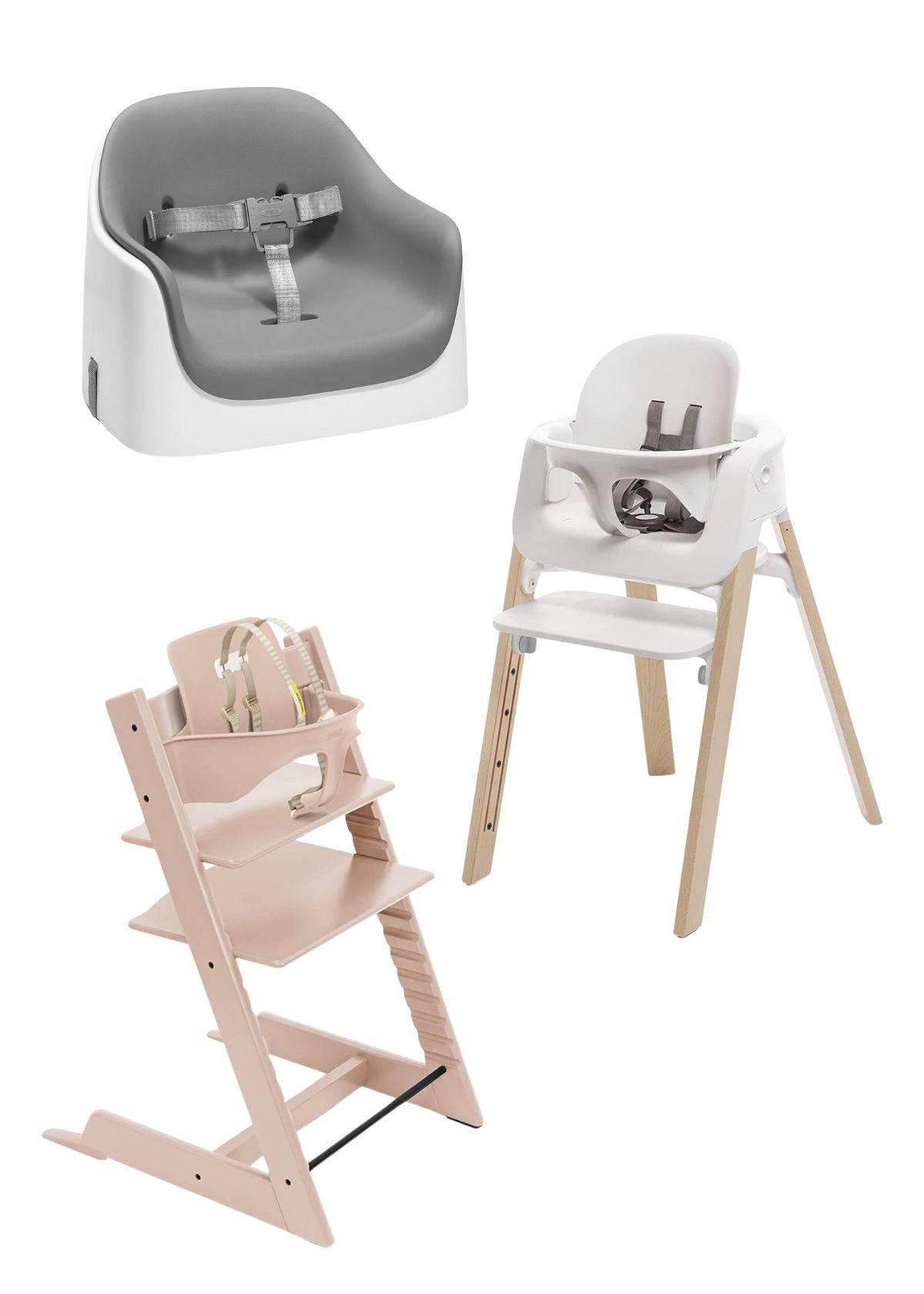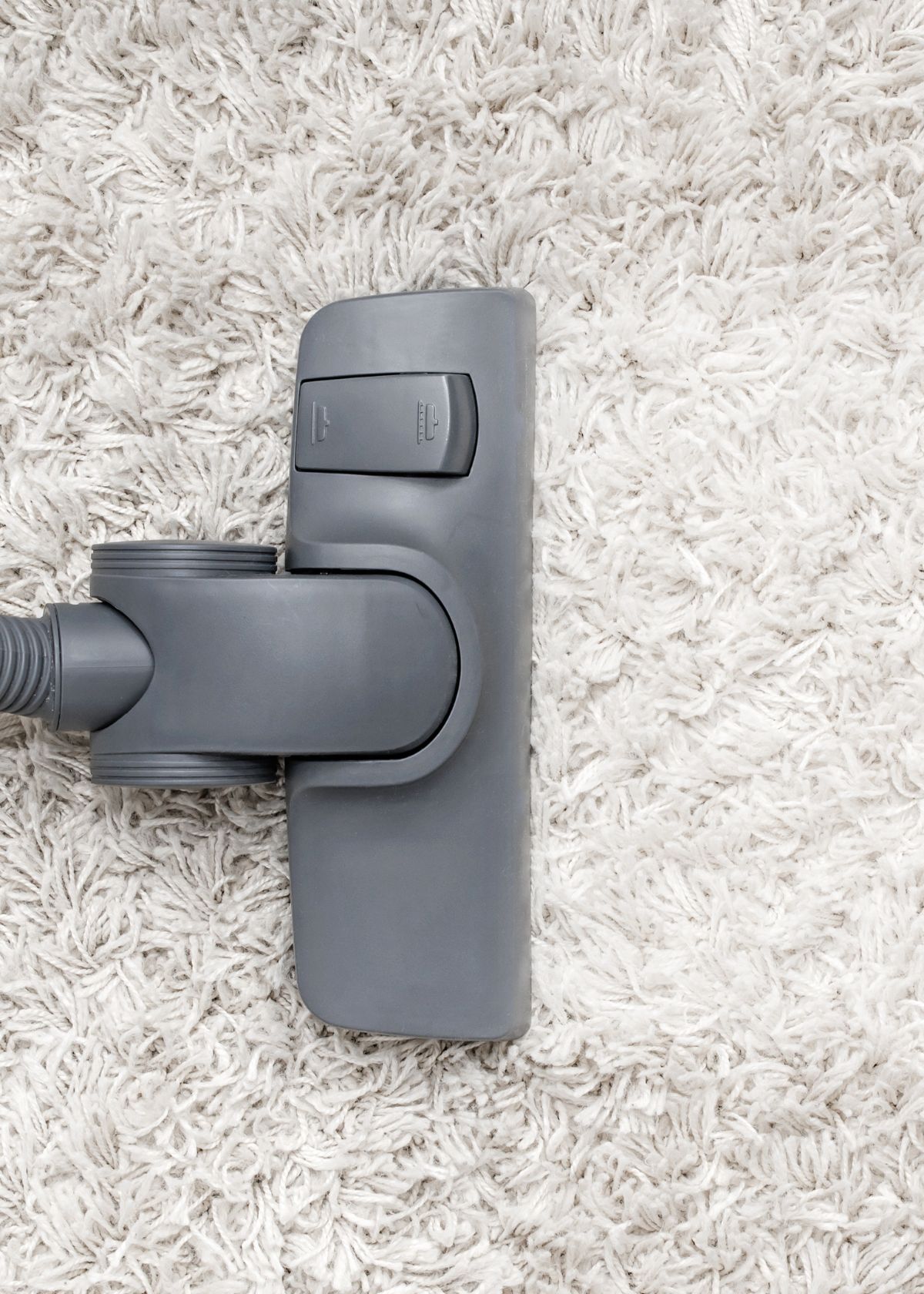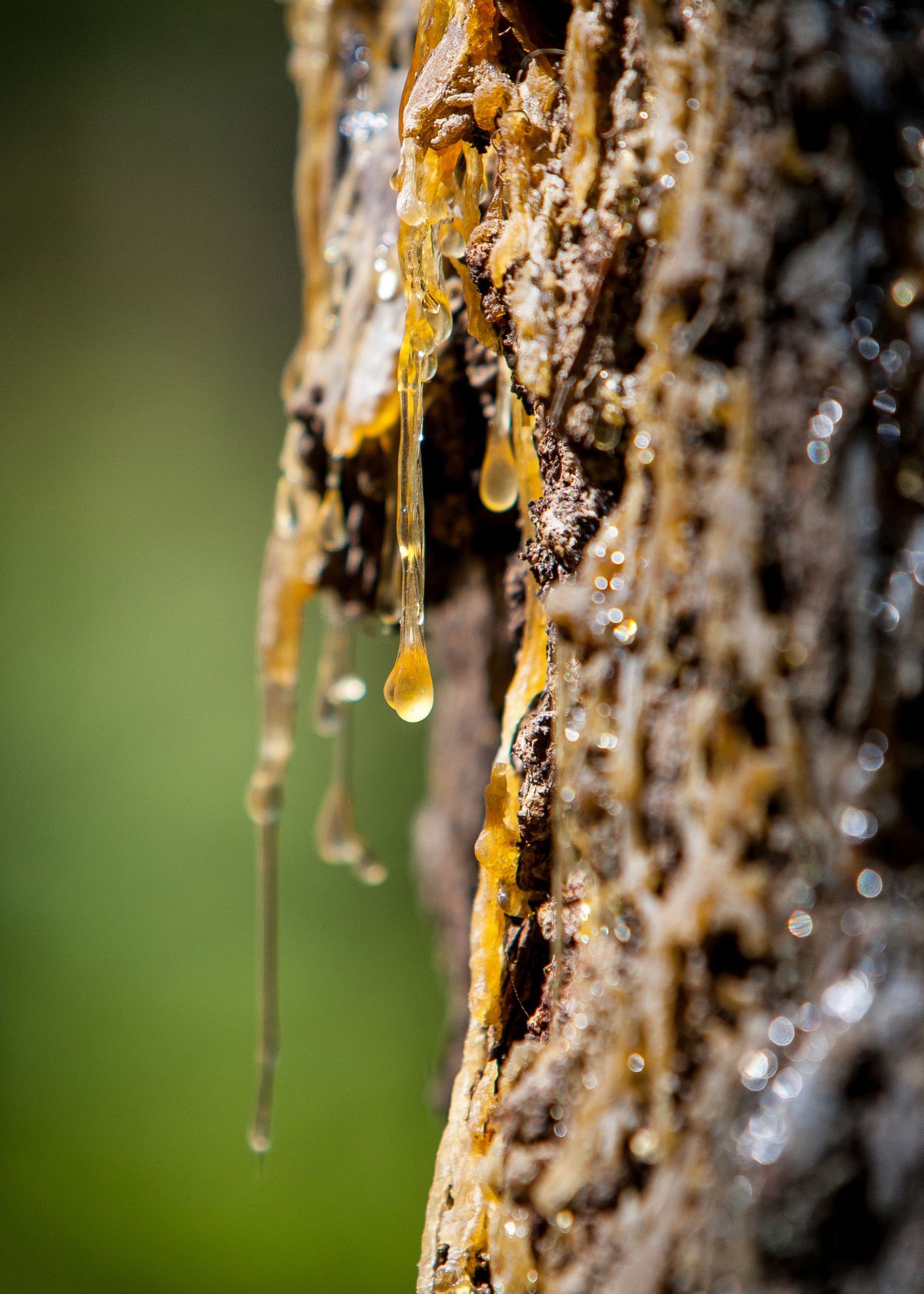Air Purifying Plants

Do you ever wonder about just how clean the air you’re breathing in your home truly is? Pollutants that negatively impact the indoor air quality of your home can stem from many sources: paint, flooring, furniture, home cleaning products, and more.
What is scary is that some of these toxins that commonly off-gas in the home have been classified as known human carcinogens (e.g. benzene, formaldehyde, and trichloroethylene).
Did you recently purchase new furniture? Did you recently paint in your home? Do you regularly dry clean your clothes? Do you ever use cleaning products made from harsh chemicals?
If so, then it’s likely that the air quality in your home has suffered as a consequence. Luckily, there is a simple, natural, aesthetically pleasing, and cost-effective way to reduce and even eliminate harmful airborne toxins – decorating with air purifying plants.
How do carcinogenic chemicals end up in our air?
Dangers and sources of benzene:
- Benzene is linked to cancer, bone marrow failure, and other illnesses – long term exposure can cause Leukemia. (Source: Wikipedia)
- Benzene is most commonly used in gasoline, resins, adhesives, rubbers, lubricants, dyes, detergents, drugs, explosives, and pesticides. (Source: Wikipedia)
- Most common human exposure to Benzene is a result of being around tobacco smoke, gas stations or in a garage / home with an attached garage. (Source: Wikipedia)
Dangers and sources of formaldehyde:
- Formaldehyde was classified as a probable carcinogen in 1987 by the EPA and later classified as a known human carcinogen by the International Agency for Research on Cancer (IARC). (Source: cancer.gov)
- Formaldehyde is used primarily in resins and plastics, but the three products that emit the highest concentrations are medium density fiberboard, hardwood plywood, and particle board. Formaldehyde is also common in many other household materials like carpeting, paints, varnishes, floor finishes, and cigarette smoke. (Source: Wikipedia)
- Some clothing that is advertised as “wrinkle resistant” use formaldehyde-based resins in order to accomplish this. Formaldehyde is also used in some brands of facial tissue, paper napkins, and paper towels to help maintain their strength when wet. (Source: Wikipedia)
Dangers and sources of trichloroethylene:
- The International Agency for Research on Cancer indicated that there is sufficient evidence to claim that trichloroethylene causes kidney cancer as well as some evidence to claim that it causes liver cancer and non-Hodgkins lymphoma. The California EPA also considers trichloroethylene to be a known human carcinogen. (Source: Wikipedia)
- Over the years, there have been multiple cases of industrial releases of trichloroethylene that have caused drinking water contamination and ground cover contamination. The growing concern is that trichloroethylene contamination in soil causes vapor intrusion in homes and buildings resulting in indoor air exposure. (Source: Wikipedia)
Minimize airborne toxins in the home with air purifying plants
NASA Clean Air Study
In the late 1980’s, NASA ran a study to determine the best indoor, “clean air” plants for space stations that would not only absorb carbon dioxide and release oxygen, but also would eliminate significant amounts of commonly found airborne carcinogenic toxins: benzene, formaldehyde, and trichloroethylene (TCE), xylene, toluene, and ammonia.
The study NASA conducted included a lengthy list of plants that qualify as natural “air purifiers.” You can find a comprehensive list on Wikipedia, but below I listed the most versatile air purifiers of all of the plants they suggested. The following list of indoor plants are great at effectively removing benzene, formaldehyde, trichloroethylene, xylene, AND toluene.
Top 5 Air Purifying Plants
1. Peace Lily

15-Inch Peace Lily Plant, $21 via Amazon
- Easy to keep alive in an office or home environment
- One of the few indoor flowering plants that effectively improves air quality
- Smaller in size so best displayed on a desk or table
- Also proven to remove ammonia from the air
- Be careful, this plant is toxic if eaten by dogs or cats
- Peace Lily Care Instructions
2. Snake Plant

6-Inch Potted Snake Plant, $20 via Amazon
- Common favorite because of how easy it is to keep alive
- Could be displayed on a desk/table, or on the floor
- Snake Plant Care Instructions
3. Bamboo Palm
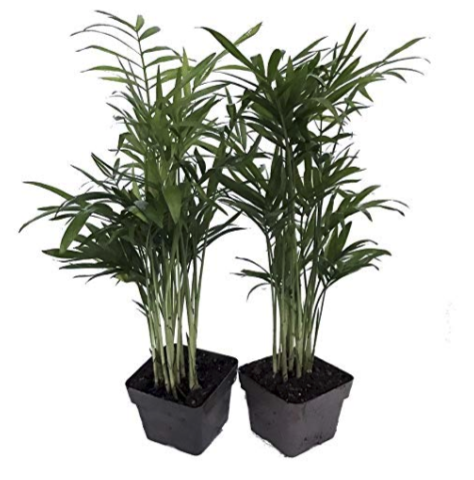
Set of 2 3-Inch Bamboo Palms, $11 via Amazon
- This is a larger plant typically displayed on the floor
- Removes impressive levels of all of the chemicals listed above
- Bamboo Palm Care Instructions
4. Red-Edged Dracaena
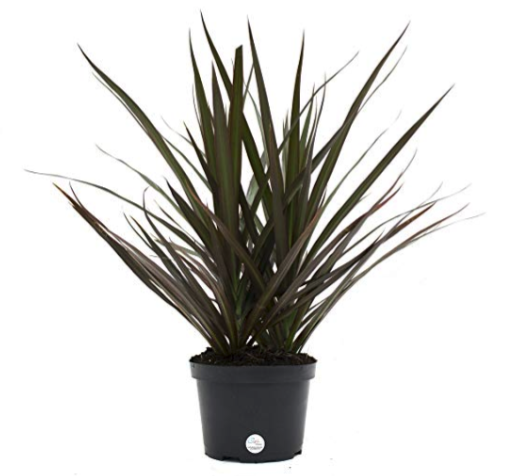
14-Inch Tall Dracaena, $14 via Amazon
- Very easy to take care of (I traveled with one of these from an apartment in LA to an apartment in SF and it was nearly impossible to kill)
- One of the most effective plants at removing trichloroethylene
- Red Edged Dracaena Care Instructions
5. Florist Chrysanthemum
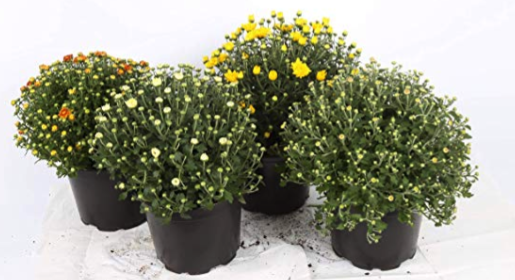
8-Inch Bronze Chrysanthemums, $15 via Amazon
- If you’re into colorful flowers, this is the plant for you
- Also proven to remove ammonia from the air
- Careful – this one is toxic for dogs and cats
- Florist Chrysanthemum Care Instructions
Additional Air Purifying Plants
If you’re interested, here is a short list of the plants we have in our home that made the NASA air purifying plant list (unbeknownst to me until recently!):
Kimberly Queen Fern
- One of the most effective houseplants at removing formaldehyde from the air
- Non-toxic to animals
- Also effectively removes airborne xylene and toluene
- Kimberly Queen Fern Care Instructions
Dracaena Warneckii
- Most effectively removes benzene
- Also effectively removes formaldehyde and trichloroethylene
- Unfortunately, this plant is toxic for dogs and cats
- Dracaena Warneckii Care Instructions
Dieffenbachia Tropic Snow
- Effectively removes airborne xylene and toluene
- Toxic to dogs and cats
- Dieffenbachia Tropic Snow Care Instructions
How many air purifying plants do you need?
One last tidbit worth mentioning is that NASA researchers suggested that homes are best off displaying one of these air purifying plants for every 100 square feet of space. That would mean in our 1500 square foot home, it would be ideal for us to display 15 of these clean air houseplants! Much to my husband’s dismay, this fun fact will serve as the perfect justification for me to slowly turn our home into a pseudo greenhouse!
How to Clean and Care for Indoor Plants
The basic trick that has provided me with the most success is to only water your plants when they are dry. Stick your finger into the soil and if it’s dry up to 1 inch deep, it’s time to water. If the soil is still moist, wait a few days then check again.
Read this article for more detailed tips about how to clean and care for indoor plants.

